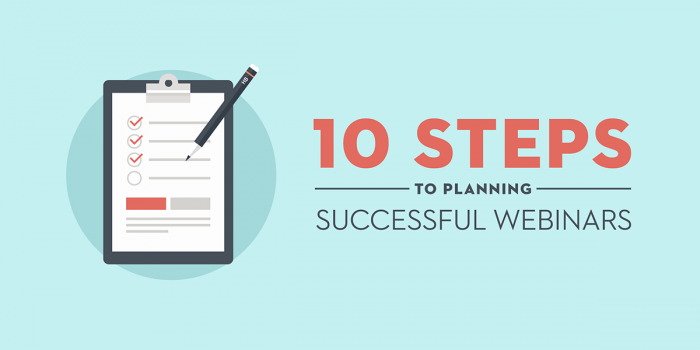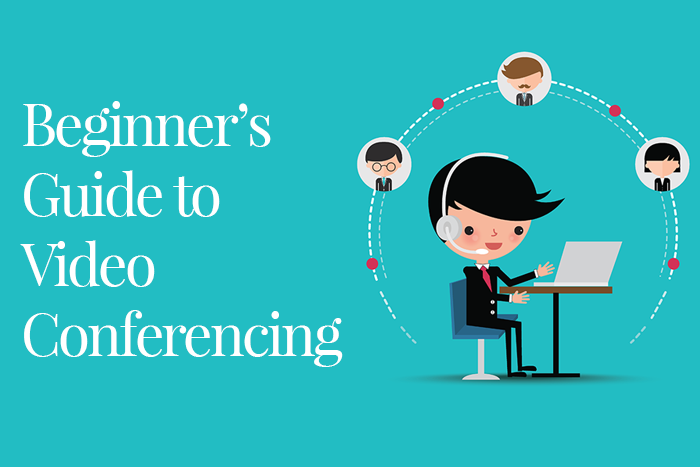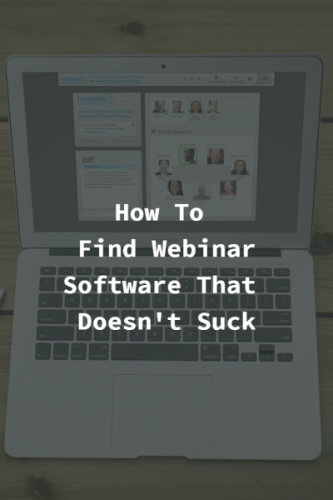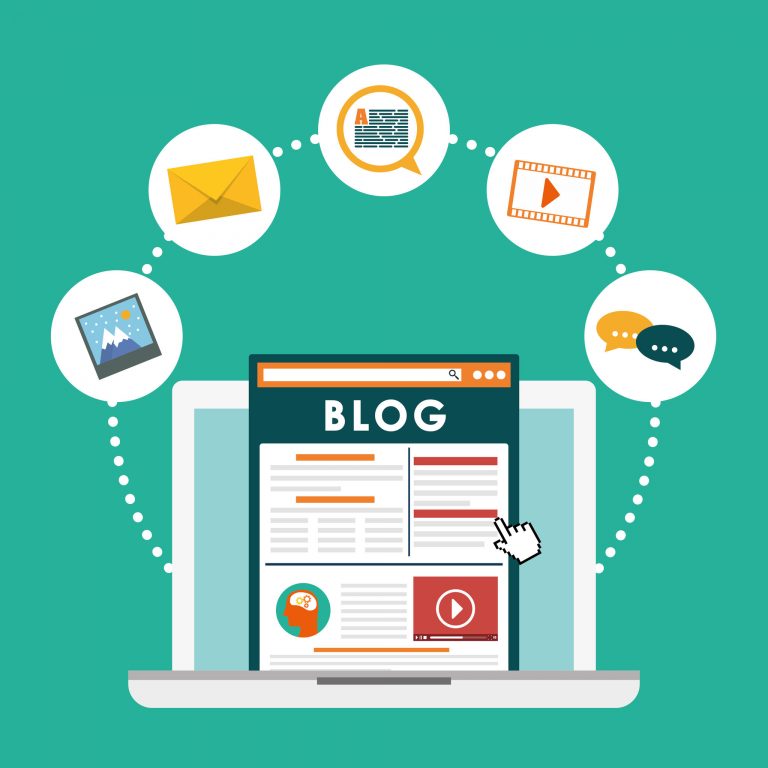10 Steps to Planning Successful Webinars
1. Choose an Exciting Topic People Will Want to Discuss
Check out Start with why’ – a TED talk by Simon Sinek, for some inspiration. Great topics get at the “why you do what you do” – and this motivates people to take action.
2. Define Your Webinar Goals
What is your primary goal of hosting the webinar? Are you looking to generate awareness of your company, products or services? Attract leads for your business? Training employees on new processes?
Defining your webinar goals will help you determine whether or not your webinar was a success and help you to identify areas for improvement for next time.
3. Create an Action Plan
An action plan is the checklist for the whole planning process and will help keep you on track throughout your event. Make sure to spend time outlining the kinds of interactions you want to facilitate (like an in-person conference). The best webinars are interactive and involve active small group discussions where everyone gets to speak.
Things you should include in your action plan are:
Format
Include the speaker set-up: One or more speakers, interview or panel discussion and presentation format: Screenshare, webcam/video or audio.
Content
Content includes slides, speaker biographies, contact information and a general outline of the presentation.
Visuals
Visuals may include images, photos, and graphs.
Discussion Questions
What kinds of questions do you want your participants to discuss in breakout groups? Make sure to pick topics that will get people talking – and allow for time in discussions for people to interact.
4. Do a Dry Run
It is a good idea to do a “dry run” the day before the webinar to make sure the presentation flows correctly and the transitions using breakout groups, polls, etc. are effortless.
5. Determine Your Marketing Deliverables
Here are a few ideas for marketing deliverables to use for your event:
- Promotional Emails
- Landing Pages
- Confirmation Email Flow
- Follow-up Emails
- Audio and/or Screenshare Recordings
6. Promote Your Event
You should start promoting your event 4-6 weeks prior to your live webinar date. Here are some ideas on where to promote your webinar:
- Social Networks
- Post it to your Facebook page
- Tweet about it
- Share an update on LinkedIn
- Use social ads to boost your posts
- Place an ad on your website
- Send out emails to your customers or prospects
If you have guest speakers, make sure they share the event info with their social networks as well a ‘share page’ either on a website or Google doc like this one (soliciting judges for an innovation competition) can be helpful.
7. Get Ready 30 Minutes Before the Event
Everyone running the webinar should start getting ready 30 minutes prior to the event. This allows time to resolve any issues that may arise in the event and gives all presenters, drivers, etc. the time to get set-up, ready and to start on time.
8. Consider Using a Call Driver
Call drivers run the technology for you so you can focus on the conversation. Call drivers can take hundreds of participants and put them in discussion groups based on questions you ask, help you call on participants by name to share stories with the whole group, and much more. Using a driver can make the webinar run smoothly and help you focus on hosting a great conversation.
9. Breathe!
When you ask a question for people to discuss in a breakout, allow time for people to talk. One minute at minimum or two minutes per question is good, but can be longer depending on the format of your event.
10. Follow-up After the Webinar
Be sure to follow-up with attendees with an email thanking them for attending. Use that email to re-engage them either through an invitation to the next webinar or an offer to purchase your product/service.
Don’t forget about people who registered and didn’t attend. Sending a “Sorry we missed you” email and re-inviting them to attend your next event will help get back that potential lost lead.
Are there any other tips you use? Share with us in the comments!





One Comment
Comments are closed.